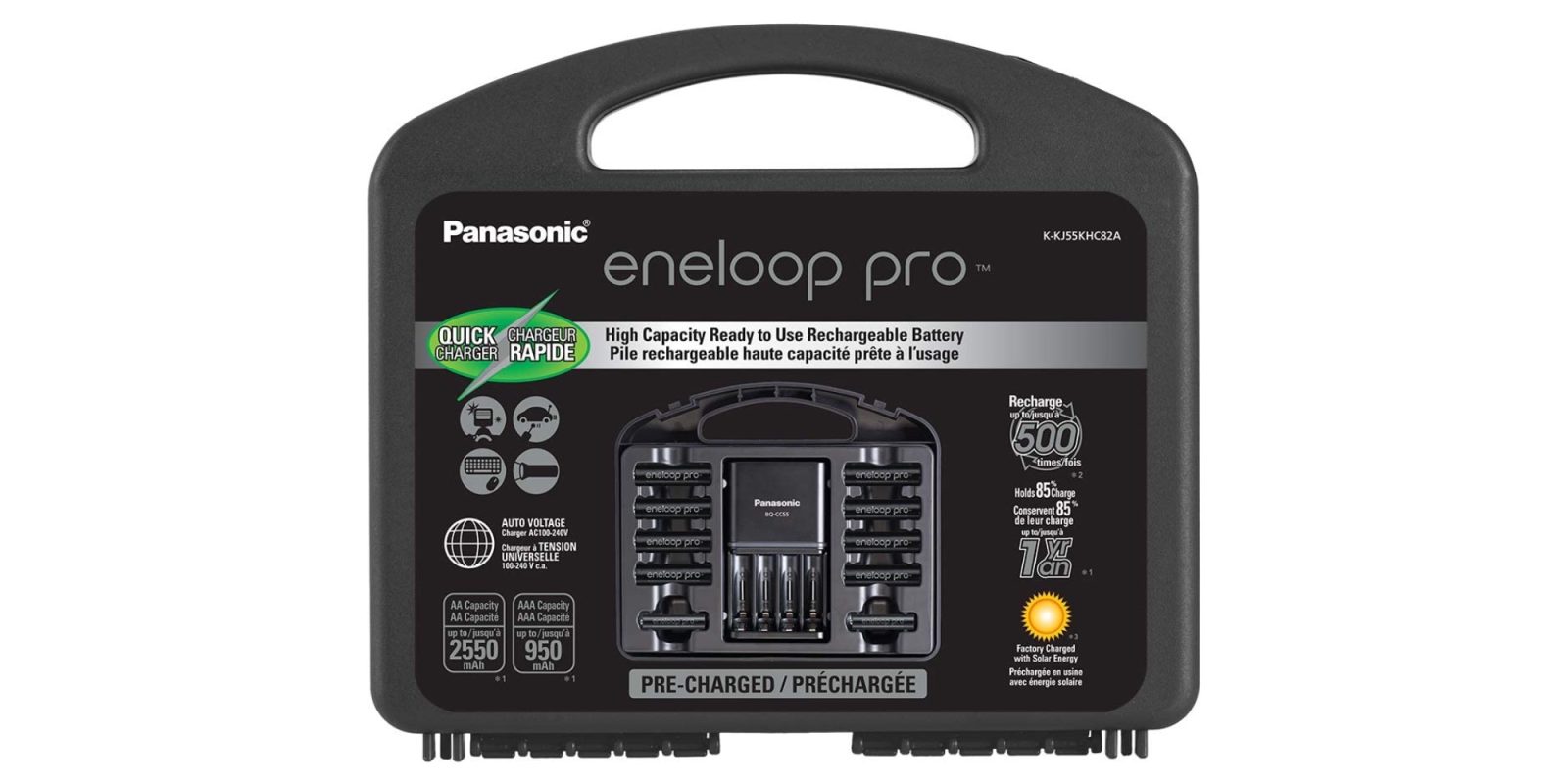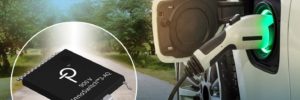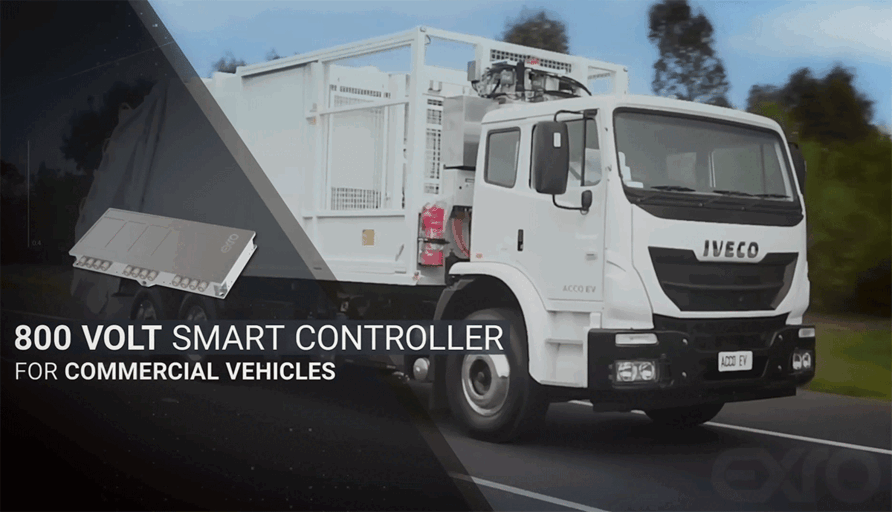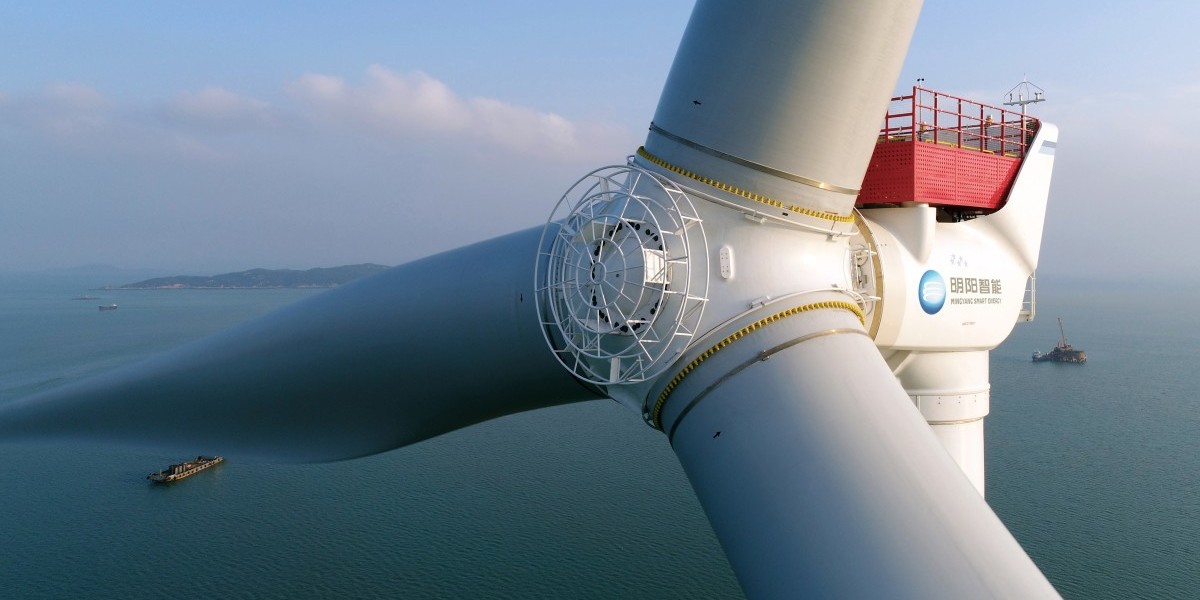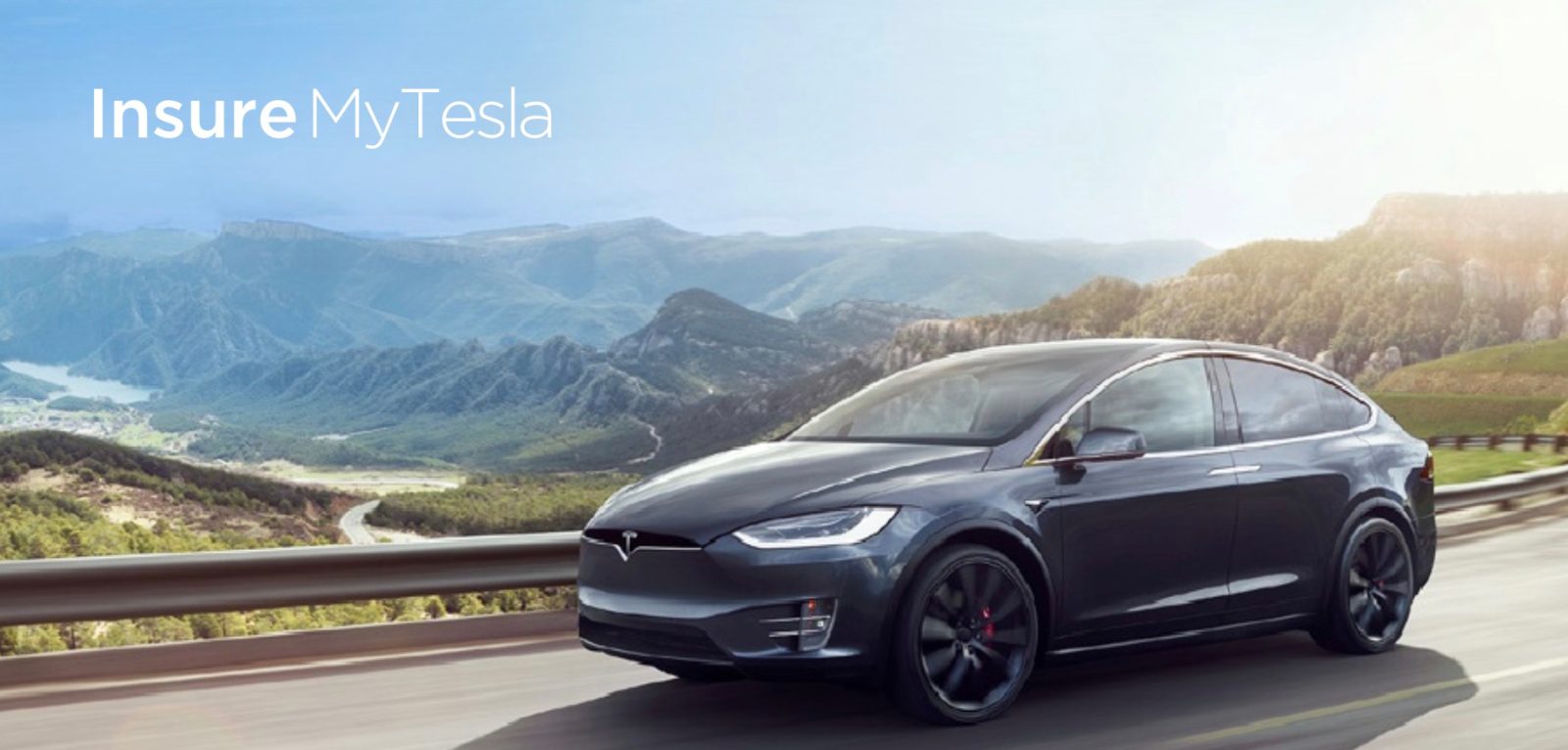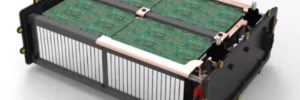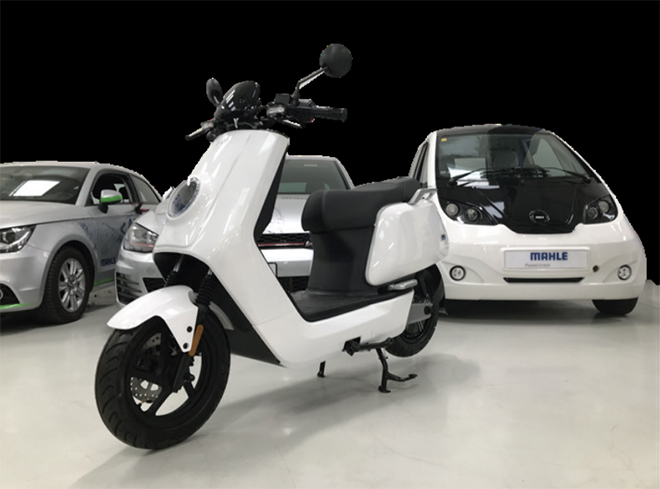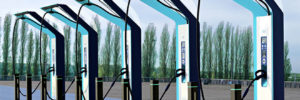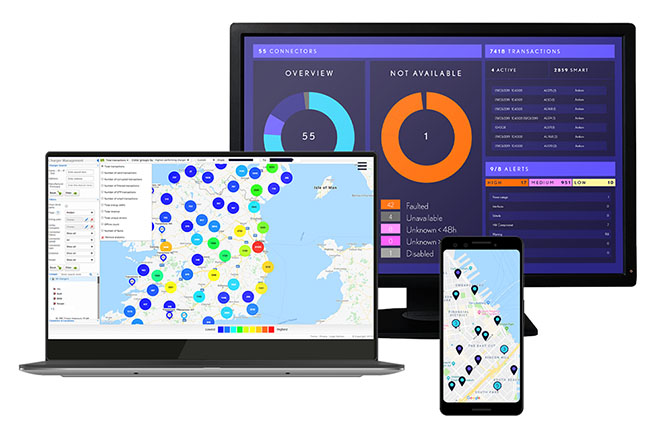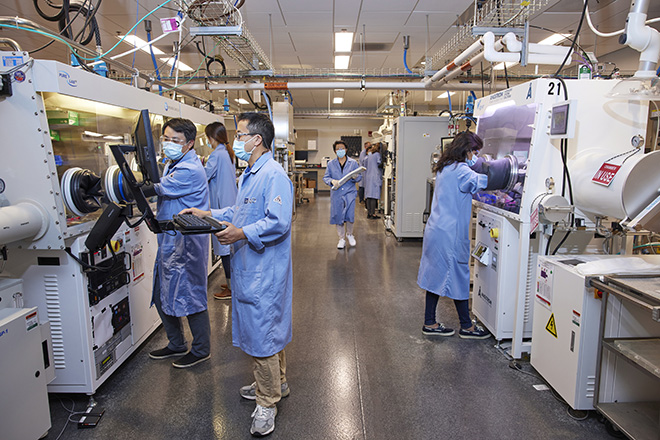
Digital Charging Solutions (DCS) has teamed up with the EVBox Group and The Mobility House to launch a new fleet charging solution in the DACH region (Germany [D], Austria [A] and Switzerland [CH]—get it?).
Charge Now for Business features EVBox’s hardware and intelligent Everon software, as well as The Mobility House’s energy management system. The solution allows users to manage contracts, charging cards and tariffs, as well as analyze charging behavior data. It is aimed at leasing providers and fleet managers, but small and medium-size enterprises can also sign up for the solution via an online self-service portal.
Charge Now for Business is designed to be seamlessly integrated into existing fleet management software via open interfaces.
ChargePilot, The Mobility House’s hardware-agnostic charging and energy management system, is used to maintain a stable power supply at fleet and company locations in order to minimize grid connection and operating costs. The Mobility House also supplies charging infrastructure for workplaces and fleet locations, offers advice at the design stage, and arranges installation services.
EVBox’s Everon software acts as an intelligent platform-as-a-service solution. Everon is integrated into DCS’s solution, allowing fleet managers to manage their charging infrastructure via a unified front end. EVBox also provides AC and DC charging stations.
The service includes residential charging, so employees can be reimbursed by employers for the electricity they use at home to charge company EVs.
“We have already shown what a seamless public charging process can look like with Plug & Charge, [which enables] starting and stopping charging processes directly from the vehicle navigation system,” said DCS Managing Director Markus Bartenschlager. “With the help of EVBox Group and The Mobility House, we are now able to integrate residential and workplace charging into a comprehensive and customer-friendly fleet solution.”
“Open interfaces are essential for the successful implementation of charging infrastructure, as they allow the best solutions to be connected efficiently,” said The Mobility House Managing Director Marcus Fendt. “With our partners, we have created a one-stop-shop solution for EV fleets. As part of Charge Now for Business, The Mobility House is providing energy management expertise in the shape of ChargePilot, which will help to lower the cost of EV charging for customers right from the start.”
“Our intelligent charging management software, Everon, can be effortlessly integrated into each customer’s unique environment,” said Hermann Winkler, Regional Director DACH at EVBox Group. “With Everon, DCS can offer a complete solution for its business customers that gives them total control over their EV charging operation.”
Source: EVBox Group
Source: Electric Vehicles Magazine
